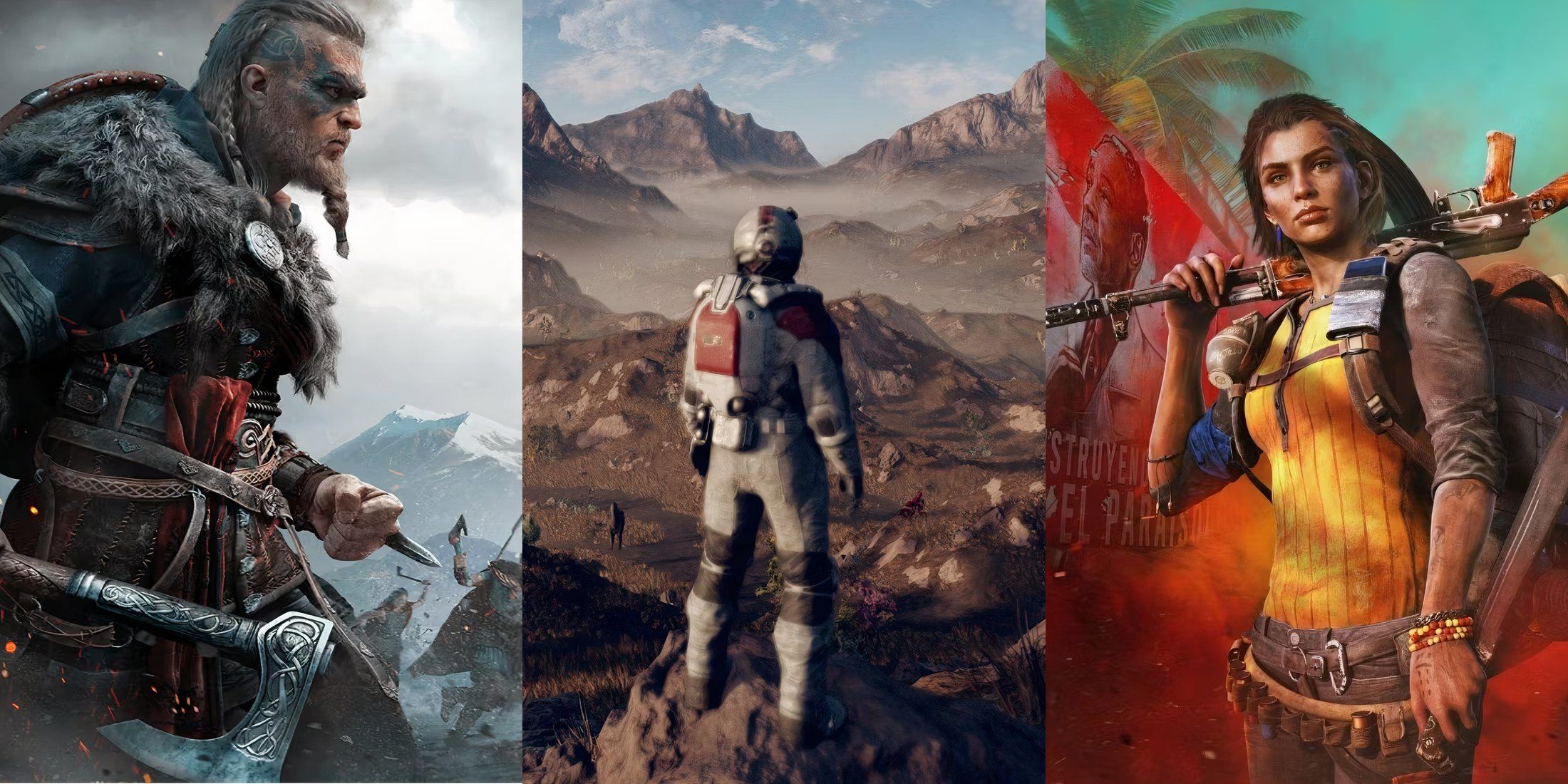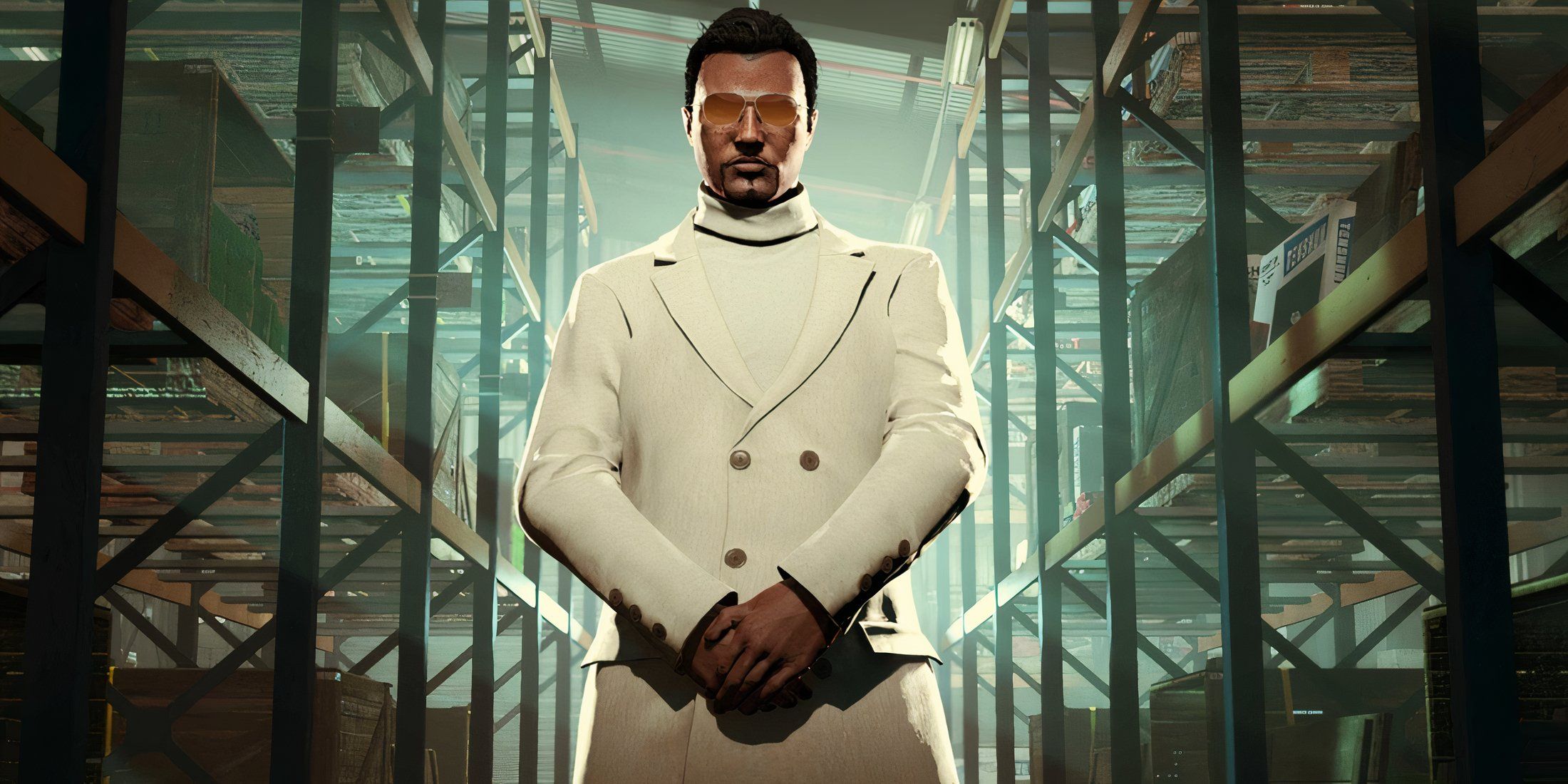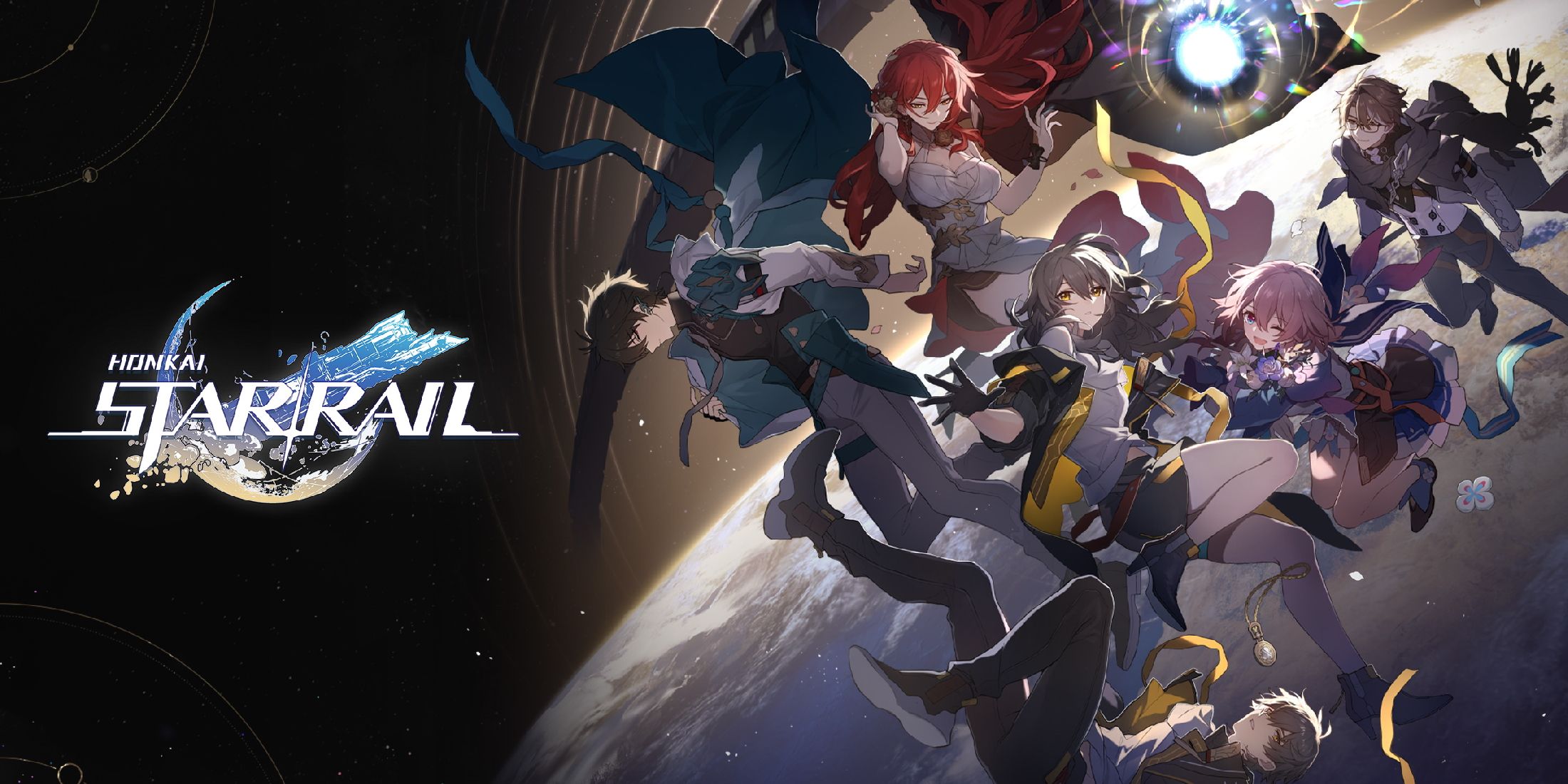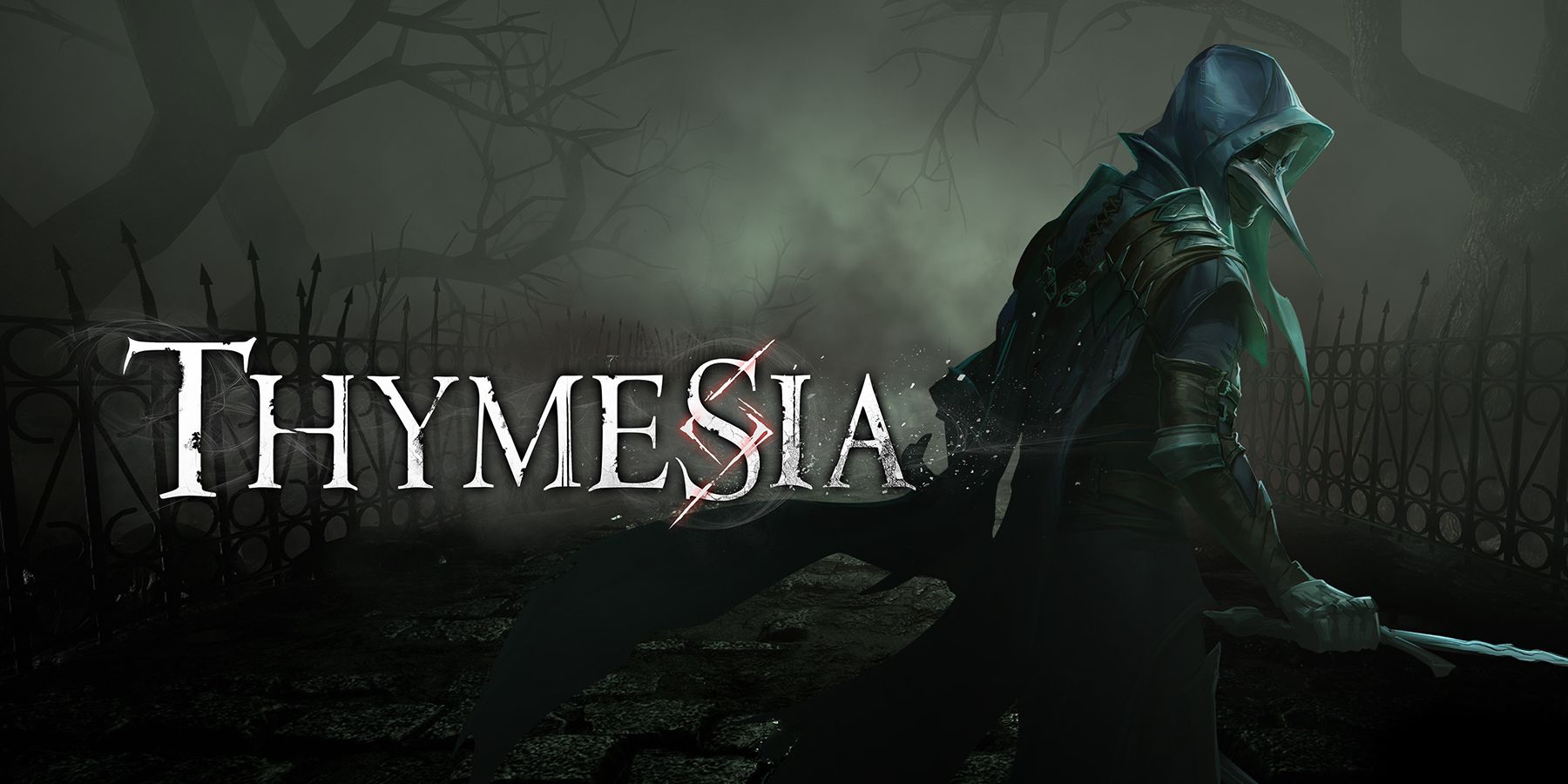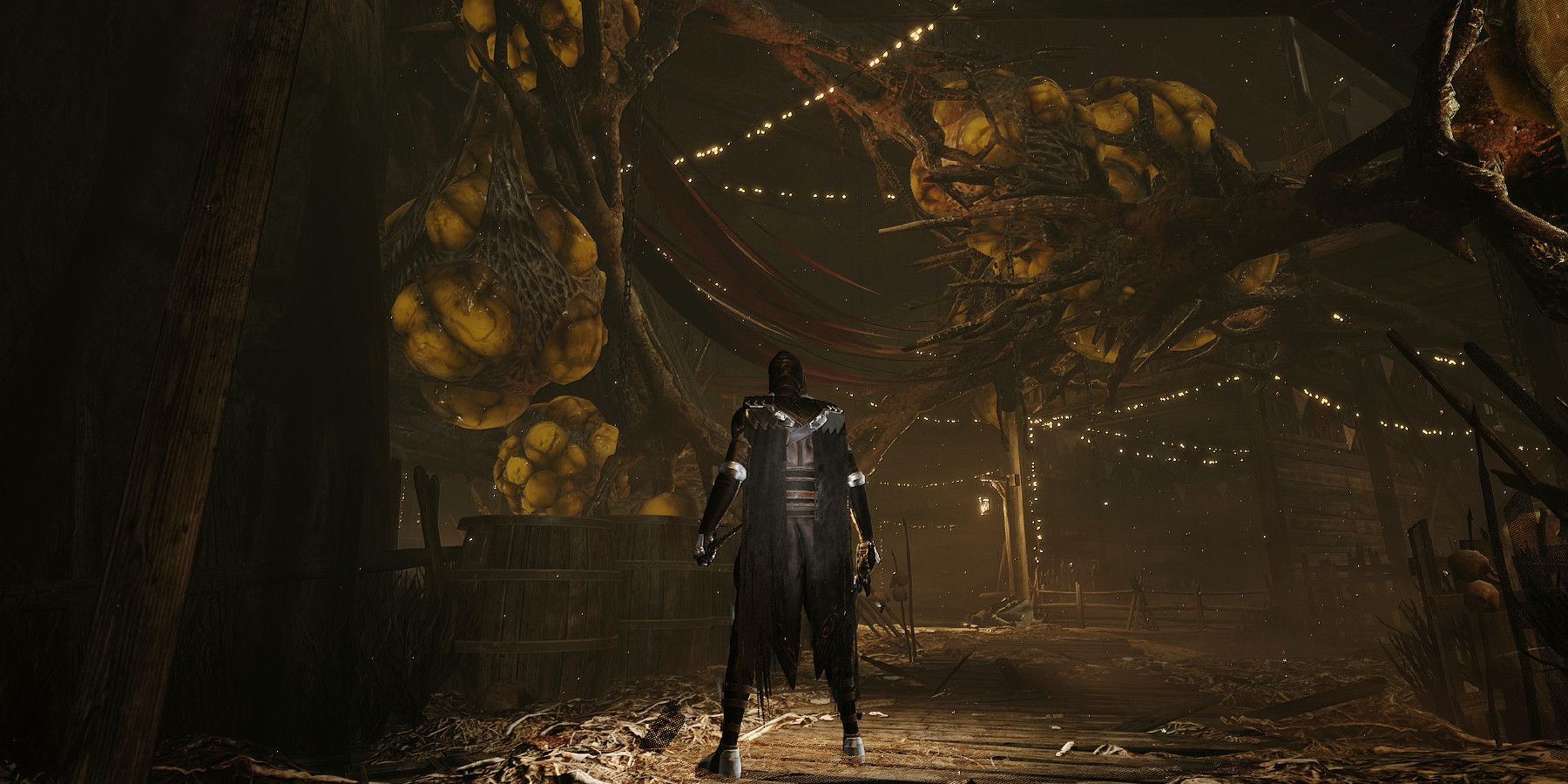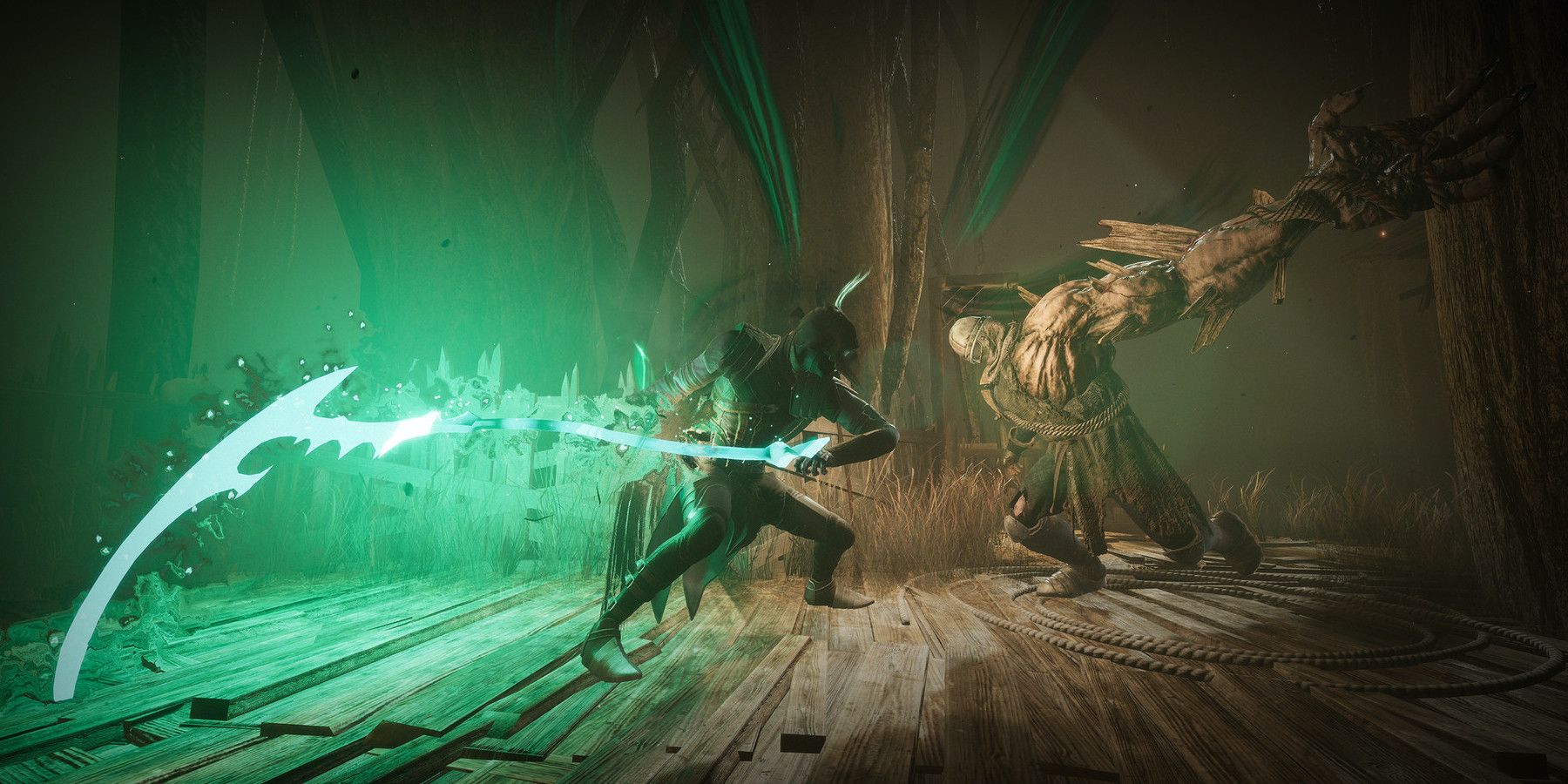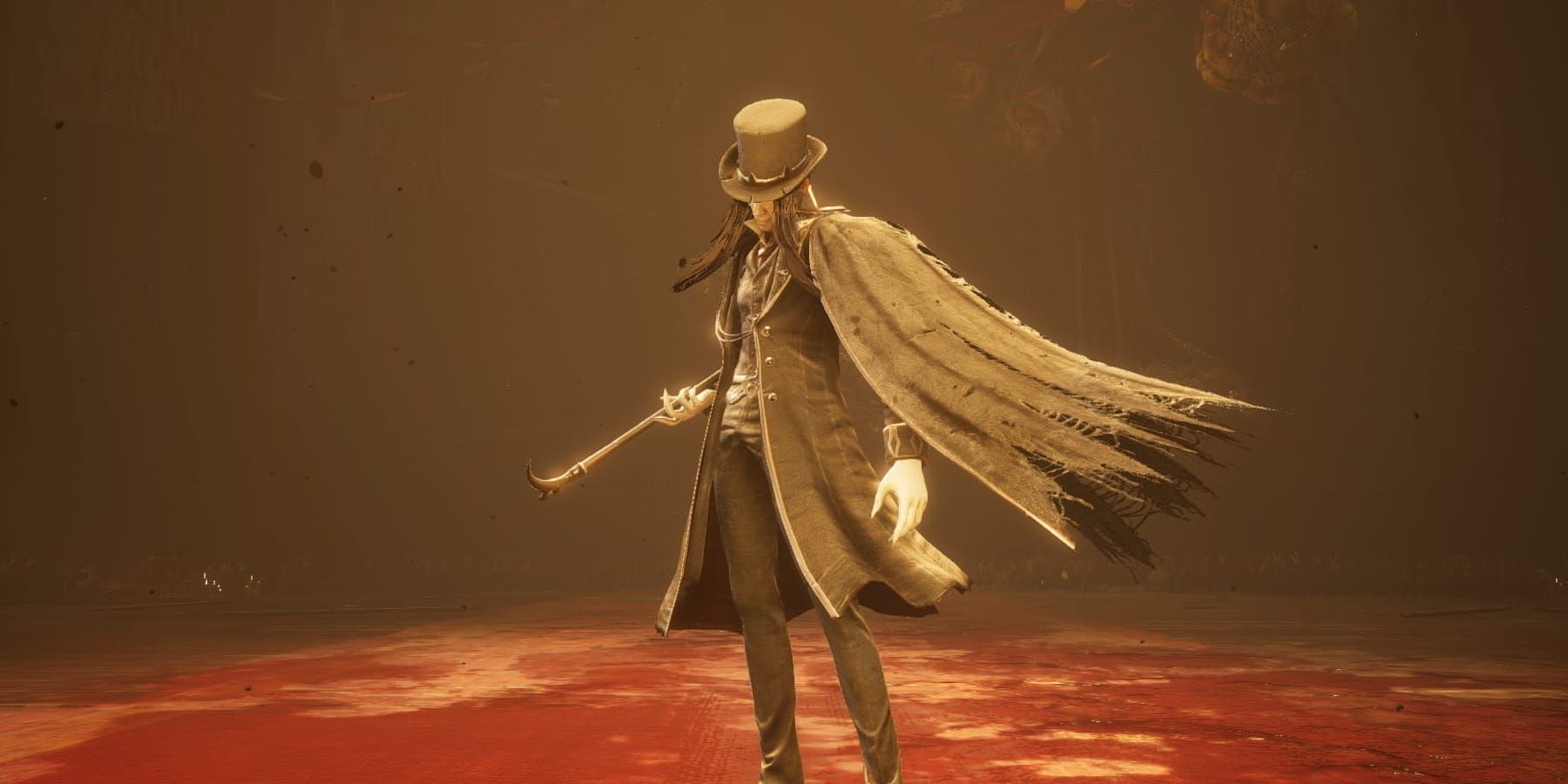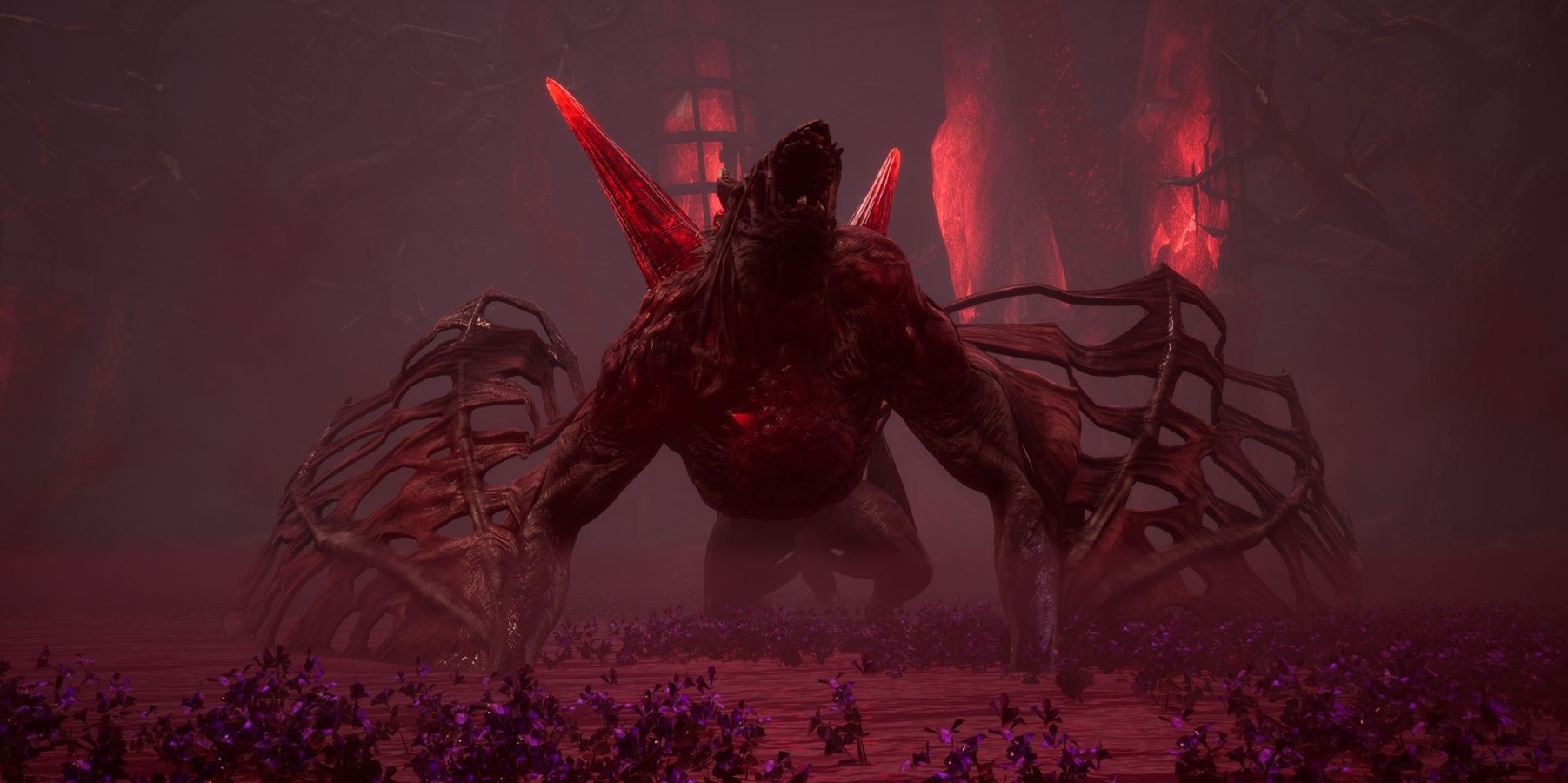The inspiration behind Thymesia is loud and clear: Bloodborne. Everything about Thymesia, from the locales to the combat to the overall setting, is heavily influenced by Bloodborne. Thymesia doesn't go out of its way to hide this fact, either. It leans fully into its mimicked settings while still finding ways to put unique twists on them, hoping to rouse the player's nostalgia to the game's benefit.
In a way, this works for Thymesia because it's not pretending it's original, meaning players in love with Bloodborne will find a lot to enjoy in this title. Thymesia treads familiar ground and delivers a good Soulslike experience. But unfortunately, the game doesn't step outside Bloodborne's shadow, leaving it plagued with the same issues that weigh down many Soulslike games.
Thymesia starts with Corvus, the silent-but-deadly plague doctor protagonist, waking up in a crumbling village inhabited by sickly murderers. By the end of the first segment, Corvus is mercilessly smashed into the ground by a knight ten times his size, waking him up from a literal nightmare. Corvus then revisits various locales to cure his mysterious amnesia, defeating tough bosses along the way.
Each area Corvus visits is pretty linear, culminating in a climactic boss fight at the end. Thymesia forgoes a map system, meaning players are memorizing the landscape as they go. While this is great for immersion, this isn't as great for navigation. Getting turned around and ending up back at the start is extremely easy. This is compounded by the lighting system, which provides little visual distinction between the different elements.
The familiarity extends to the enemies as well. There were many instances where enemies appeared seemingly out of thin air with no warning and started attacking; they were impossible to spot as we walked past them initially. Smart sound design could've prevented this situation with a noticeable audio cue, but those were absent. Music shifts were the only thing marking the appearance of an enemy, and those were reserved for mini-bosses. Overall, the sound design is underwhelming and forgettable.
Each area is visually appealing and unique enough to distinguish between them. Sadly, the lore for each area didn't have the same impact. Lore is entirely delivered through text boxes in cutscenes and scraps of paper found in the wild—an odd design choice that made the information harder to remember. Additionally, the amount of lore provided is extremely minimal, only giving hints at other events happening in the game. Nothing memorable comes to mind when recalling the lore each area offers.
Combat is where Thymesia's focus lies, and it's evident based on how much attention went into the combat system. First, unlike most Soulslikes, the player never gets to customize Corvus in any way, and he always uses his saber and parrying dagger. Additionally, there's no stamina, so dodging, attacking, and running is limitless. This lends itself to fast-paced combat, which can be quite exhilarating at times. Nimbly dodging through attacks and following up with a beautiful flurry of strikes and slashes feels rewarding and smooth. With few customization options, players can focus on combat and not tweaking their gear to optimize their build.
There's a large variety of plague weapons, which are akin to spells in Soulslike games, that Corvus can wield and upgrade once he unlocks them. They all provide different effects both offensive and defensive, and players can absolutely find something they enjoy using. Despite the numerous options, there are not so many that they become underwhelming or overlap. Players can smash enemies into the ground with a massive hammer, pelt them with knives, or even vanish in a cloud of smoke to attack from behind.
Plague weapons are key to taking down tougher enemies. They usually deal a lot of damage or stagger them, giving players more openings to attack. With Thymesia's wound mechanic, this is a necessity. All enemies basically have two health bars that are layered on top of each other and operate independently of one another. Corvus' saber chips away at the first health bar, which creates wounds and reveals a green bar beneath. These wounds (the green bar) can then only be damaged via claw attacks, which is the only genuine way to hurt/defeat an enemy. If the green bar isn't depleted, the white bar will eventually fill back up as the enemy "heals." This prevents the player from simply tearing through everything they come across with ease, although most basic enemies can be taken out with single combos from the saber and claws.
That mechanic unfortunately exists at odds with Thymesia's fast-paced combat. Many tougher enemies have long or hard-to-dodge combos that require precise inputs to avoid. By the time players get close enough to hit them again, they're starting another combo, and the white bar will fill back up before they can get a hit in. It's an overcomplication of what could be a swift, fluid combat system that slows down the pace of the fight. It also puts the player at a massive disadvantage as it's essentially a Bloodborne-style riposte heal that the player can't replicate.
Combat is also hindered by lackluster and buggy dodging. Corvus can dodge indefinitely, but players will still find themselves getting hit often. Either dodge windows are too tight or the game just lets Corvus get hit mid-dodge anyway. Both of Corvus' enhanced dodges—one short, one long—don't fix these issues either. Short dodges are so short that it's impossible to gain enough distance to be safe, and long dodges have a large recovery window that gives enemies with gap-closing attacks the perfect opportunity to hit the player. Even the Miasma plague weapon, which significantly lengthens Corvus' dodge, isn't a solution—it often leads to getting hit while still in the dodge animation.
The game offers a few tools to combat those issues, one of which is parrying and deflecting. Thymesia was originally more parry focused than it is now, but even after scaling back the necessity of parries, they are still required for faster enemies because Corvus simply doesn't dodge fast enough. While this adds some depth to combat, it ultimately forces players to use both dodging and parrying, boxing the player out of an entirely dodge-focused build. Parrying also doesn't stop an enemy combo or stun them; instead, it reflects some damage back to the attacking enemy as they keep swinging. This makes it largely useless unless players are extremely adept at parrying to begin with.
The other is defense mode, which significantly reduces incoming damage while active. This is great for a tank build, but it drops the pace of combat by forcing Corvus in place and, strangely, removes his saber's stagger temporarily upon exiting. More often than not, it led to a swift death at the hands of a counterattack or a long combo.
Despite being a solid Bloodborne imitation, Thymesia carries over common issues in other Soulslikes. It's a great challenge for Bloodborne fans and offers the potential for exciting gameplay, but it weighs itself down with complicated and poorly implemented mechanics.
Thymesia is available on PS5, Xbox Series X/S, and PC. Game ZXC reviewed the PS5 version.
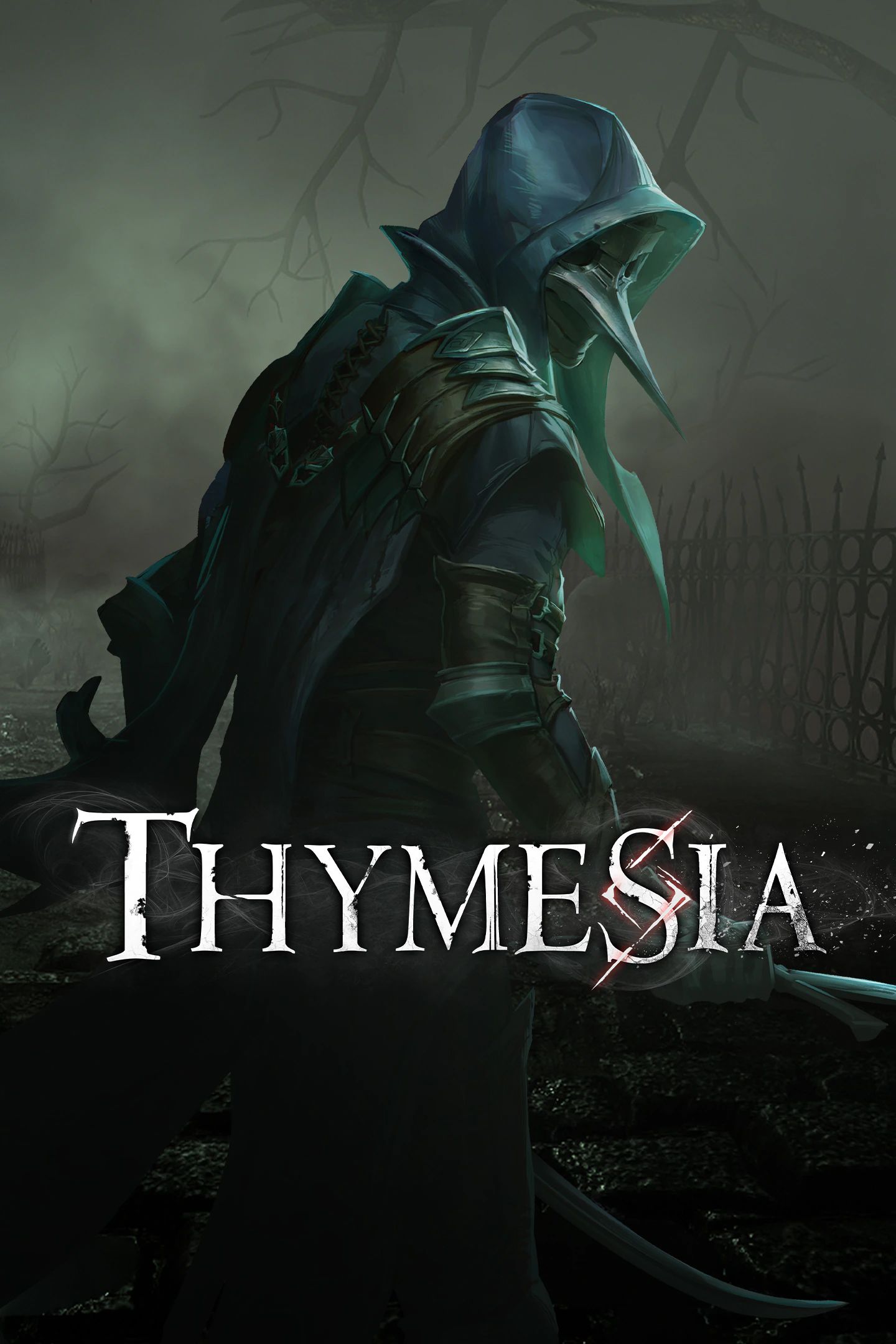
Thymesia
From OverBorder Studios comes a Soulslike-entry, Thymesia. Players step into the shoes of Corvus in a dark fantasy world featuring a unique take on Souls-like combat. Defeat strong foes to unlock powerful weapons known as plague weapons or use Corvus’ special ability to morph into a crow to tackle Thymesia’s challenges.

